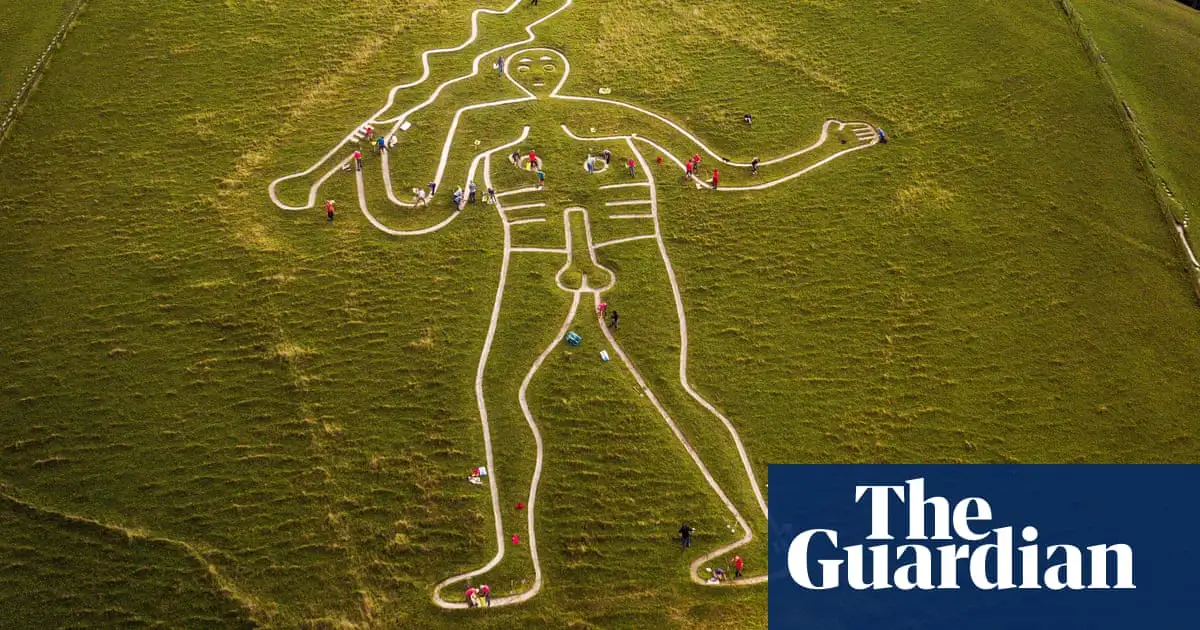- cross-posted to:
- britisharchaeology@feddit.uk
- cross-posted to:
- britisharchaeology@feddit.uk
There is a discussion on Hacker News, but feel free to comment here as well.
This is the best summary I could come up with:
For centuries, historians and archaeologists have puzzled over the origins of the Cerne Abbas giant, the huge, naked, club-wielding figure cut into a chalky hillside in the English West Country.
Research from the University of Oxford has now concluded that the 60-metre tall figure in Dorset could have marked an inspiring muster station for West Saxon armies at a time when the area was being attacked by Viking warriors.
A report published on Monday concludes the giant is Hercules, a symbol of might and courage, and his looming presence may have provided the backdrop for troops who gathered there before attempting to fend off the Vikings.
Helen Gittos and Tom Morcom, academics from the University of Oxford, began researching what was happening in the middle ages in the area and looking afresh at the local topography to try to establish why the figure was created.
They wrote in their paper, published in Speculum, the journal of the Medieval Academy of America, that it “seems clear” that the Cerne giant was cut as an image of Hercules, standing alone, carrying his club above his head, his left hand held out, probably once with a mantle draped over it.
Given the longstanding characterisation of Hercules as a model of masculinity, especially among warriors and his currency in the 9th and 10th centuries, a giant image of him would have made an ideal backdrop with which to monumentalise a muster site in the landscape.
The original article contains 673 words, the summary contains 241 words. Saved 64%. I’m a bot and I’m open source!


